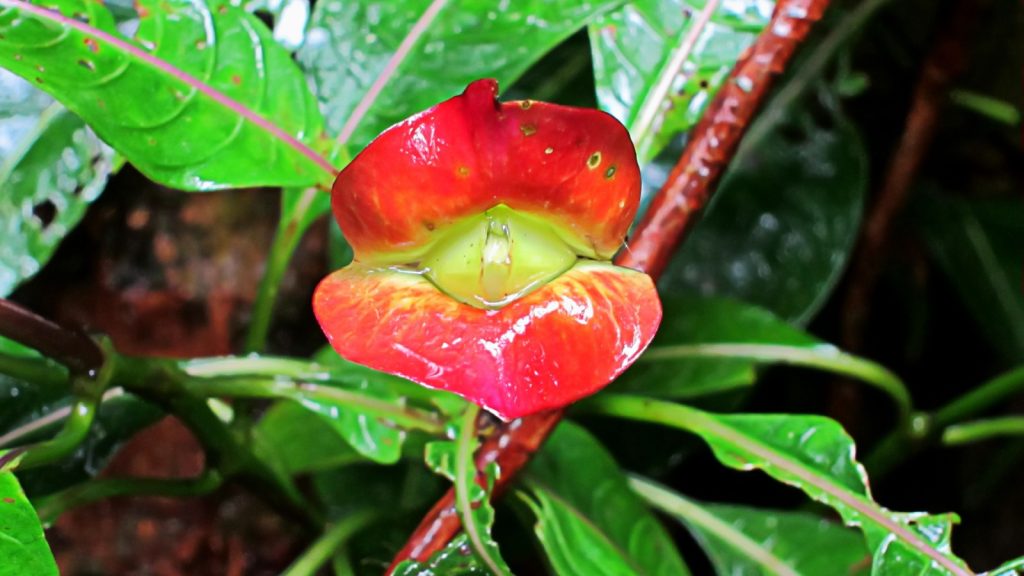Earth is home to an incredible variety of plant life, but some species look so strange that they seem to have arrived from outer space. These otherworldly plants challenge our understanding of what flora should look like, with bizarre shapes, unusual colors, and peculiar growth patterns. From carnivorous species that trap and digest insects to succulents that mimic stones, these plants remind us of nature’s boundless creativity. Even if you’re horticulturally hopeless, these alien-looking plants are utterly fascinating and some are even fairly easy to grow.
Venus Flytrap (Dionaea muscipula)
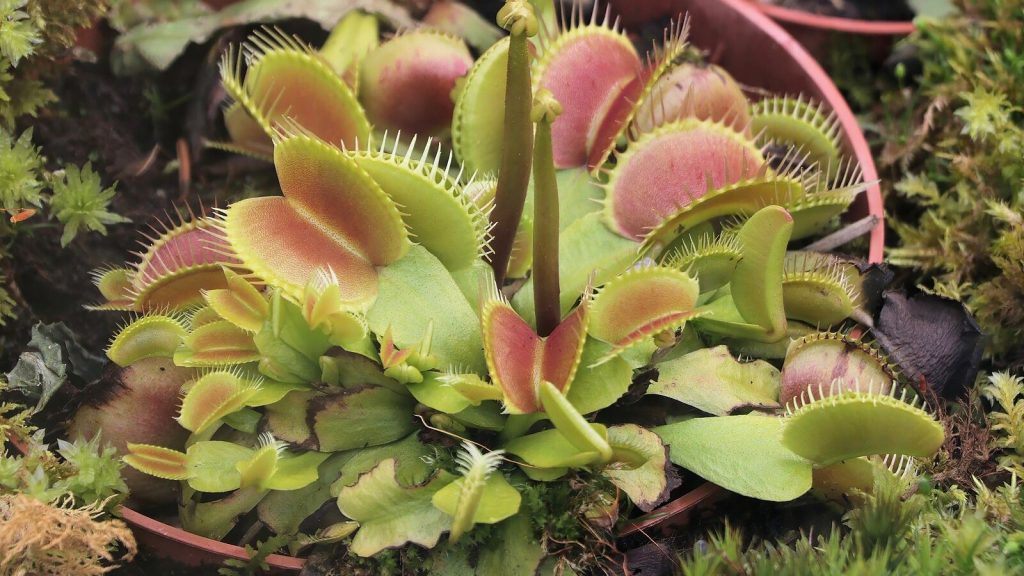
The Venus flytrap is perhaps the most famous carnivorous plant on Earth. Its leaves are modified into jaw-like traps that snap shut when triggered by unsuspecting insects. Each trap is lined with sensitive hairs that, when touched, cause the trap to close in less than a second. This fast-acting predatory plant looks like it could be from a planet where plants hunt animals instead of the other way around.
Passion Flower (Passiflora)
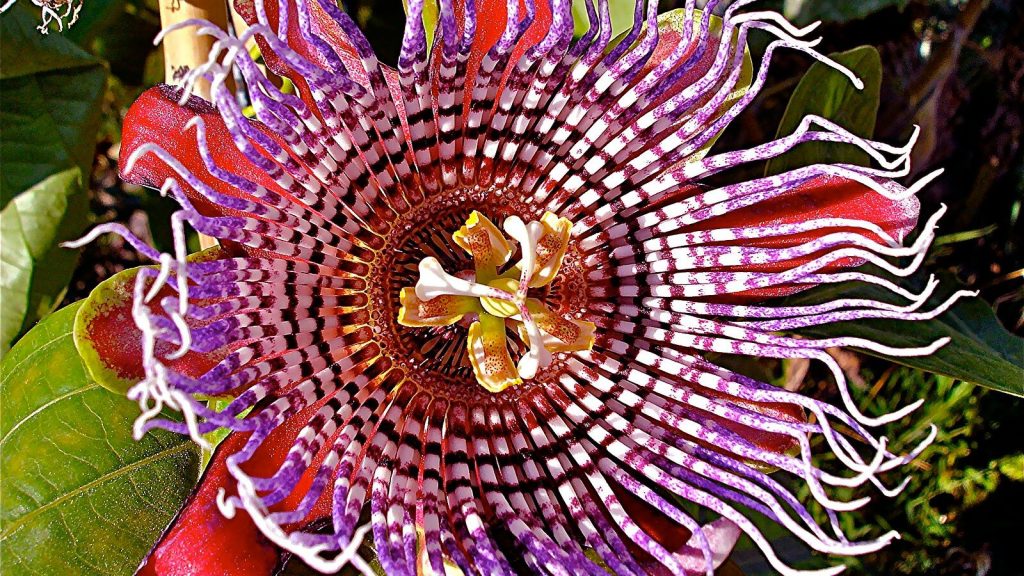
The passion flower’s intricate blooms look like they were designed by alien artists. These flowers have a complex structure with multiple layers of petals, a crown of colorful filaments, and protruding reproductive parts. Some species of passion flower have such vivid colors and patterns that they appear to glow. Their otherworldly beauty has made them popular in gardens worldwide, despite their extraterrestrial appearance.
Lithops (Living Stones)
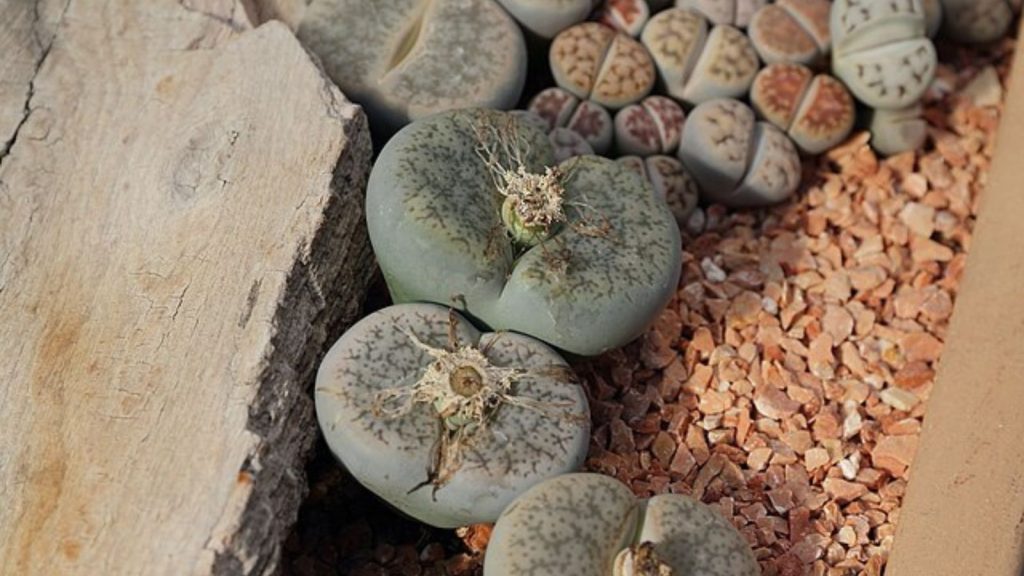
Lithops, also known as living stones, are succulents that have evolved to look remarkably like pebbles. These plants consist of two thick leaves that grow mostly underground, with only the top surfaces visible. Lithops come in various colors and patterns, often mimicking the rocky environments where they naturally grow. Their camouflage is so effective that they’re often mistaken for actual stones, making them seem like plants designed for an alien landscape.
Rafflesia Arnoldii
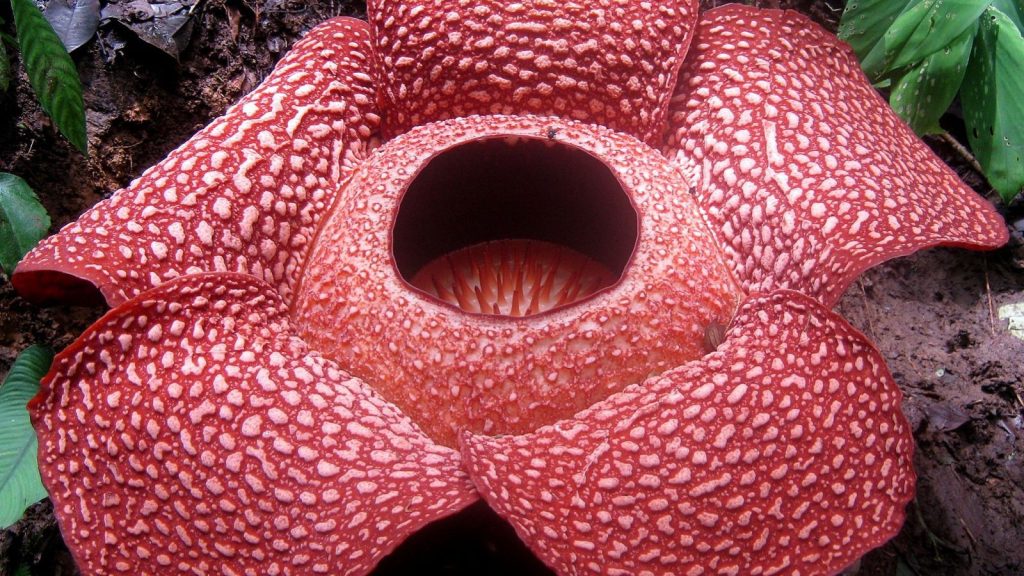
Rafflesia arnoldii holds the record for the largest individual flower in the world, with blooms that can reach up to 3 feet in diameter. This parasitic plant has no visible leaves, stems, or roots. It lives inside its host plant, only emerging to produce its massive, fleshy flowers. The blooms emit a strong odor of rotting meat to attract pollinating insects, adding to its alien-like qualities.
Welwitschia Mirabilis
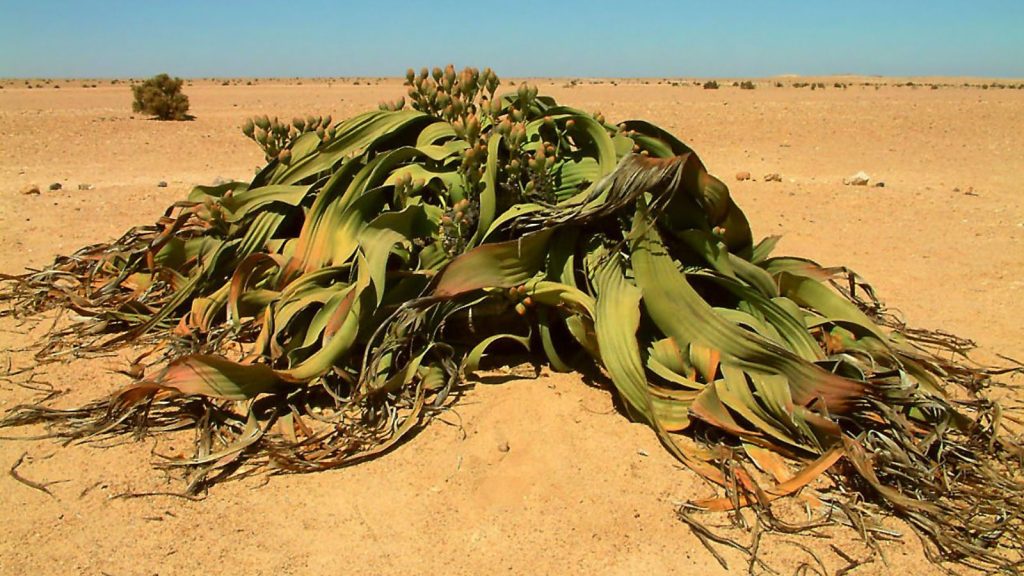
Welwitschia mirabilis is often called a “living fossil” due to its ancient lineage and bizarre appearance. This plant consists of only two leaves that continue to grow throughout its life, which can span over 1,000 years. The leaves often split and fray, giving the plant a tangled, tentacle-like appearance. Found in the Namib Desert, Welwitschia looks like it could be thriving on the arid surface of Mars.
Hydnora Africana

Hydnora africana is a parasitic plant that spends most of its life underground. Its only visible part is its flower, which looks like a fleshy, toothed mouth emerging from the soil. The flower emits a foul odor reminiscent of feces to attract its pollinators, primarily dung beetles. This plant’s bizarre appearance and strange lifestyle make it seem like something from a sci-fi horror movie.
Drosera (Sundews)
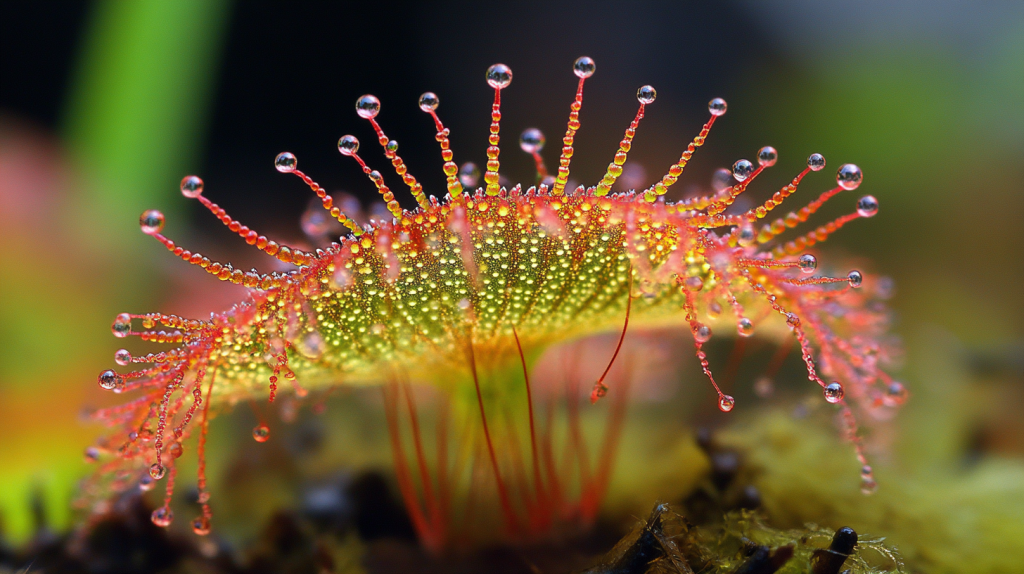
Drosera, commonly known as sundews, are carnivorous plants that look like they’re covered in sparkling dewdrops. These glistening droplets are actually a sticky substance used to trap insects. The leaves of sundews are covered in hair-like tentacles, each tipped with a drop of this adhesive fluid. When an insect becomes stuck, the leaf slowly curls around its prey, making sundews look like tiny alien monsters.
Stapelia (Starfish Flower)
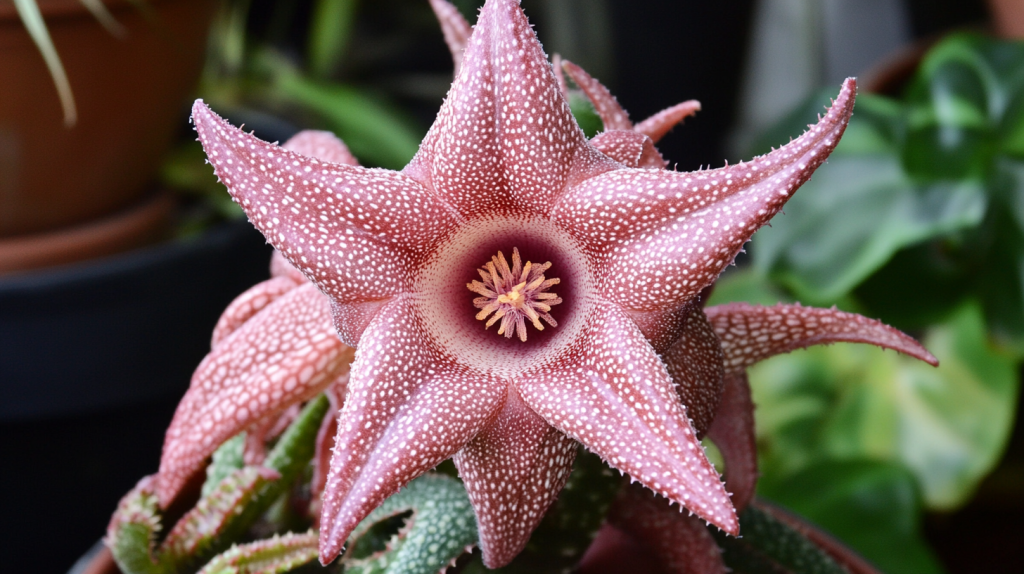
Stapelia plants, also known as starfish flowers or carrion flowers, produce large, star-shaped blooms that look almost artificial. These flowers are often hairy and have intricate patterns, but their most alien-like feature is their smell. Stapelia flowers emit an odor similar to rotting meat to attract fly pollinators. Their appearance and smell make them seem like they could be carnivorous plants from another world.
Amorphophallus Titanum (Corpse Flower)

The Amorphophallus titanum, commonly known as the corpse flower, is famous for producing the largest unbranched inflorescence in the world. When in bloom, it can reach heights of up to 10 feet. The flower emits a powerful stench of rotting flesh to attract pollinators. Its massive size, unusual shape, and potent odor make the corpse flower seem like it could be from a planet where plants have evolved to mimic and attract large carrion animals.
Dracula Simia (Monkey Orchid)

The Dracula simia, or monkey orchid, gets its name from the fact that its flowers resemble the face of a monkey. This orchid’s unique appearance is due to its elongated sepals and a specialized lip that forms the “face”. Native to the cloud forests of Peru and Ecuador, the monkey orchid looks like it could be a sentient plant species from a distant planet where flora has evolved to mimic fauna.
Euphorbia Obesa (Baseball Plant)
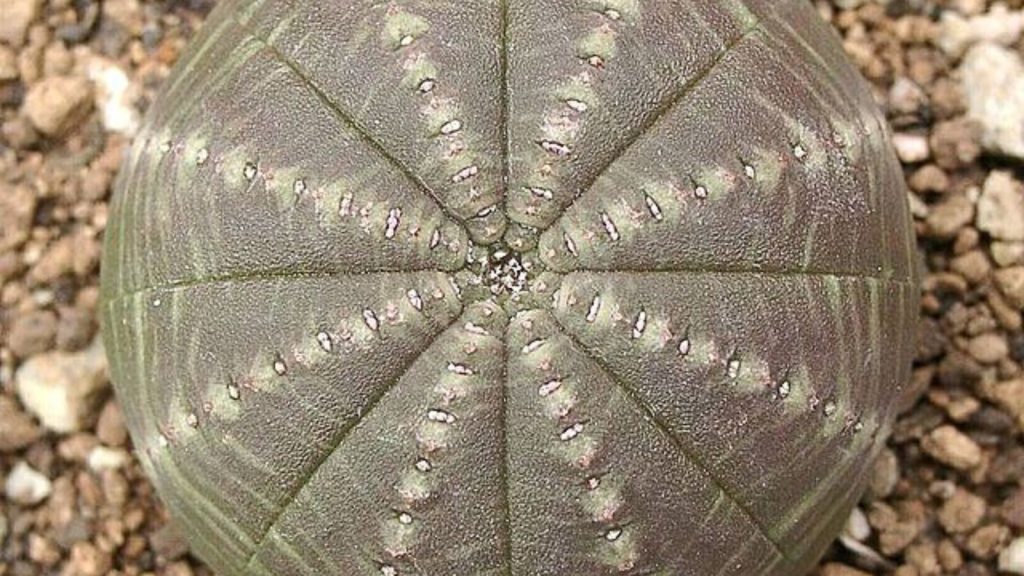
Euphorbia obesa, commonly called the baseball plant, is a succulent that looks more like a sports equipment than a living organism. It has a perfectly round body when young, which may become slightly cylindrical as it ages. The plant’s body is divided into eight sections, each featuring subtle vertical stripes. Its geometric perfection makes it look like an alien artifact rather than a natural plant.
Nepenthes (Pitcher Plants)
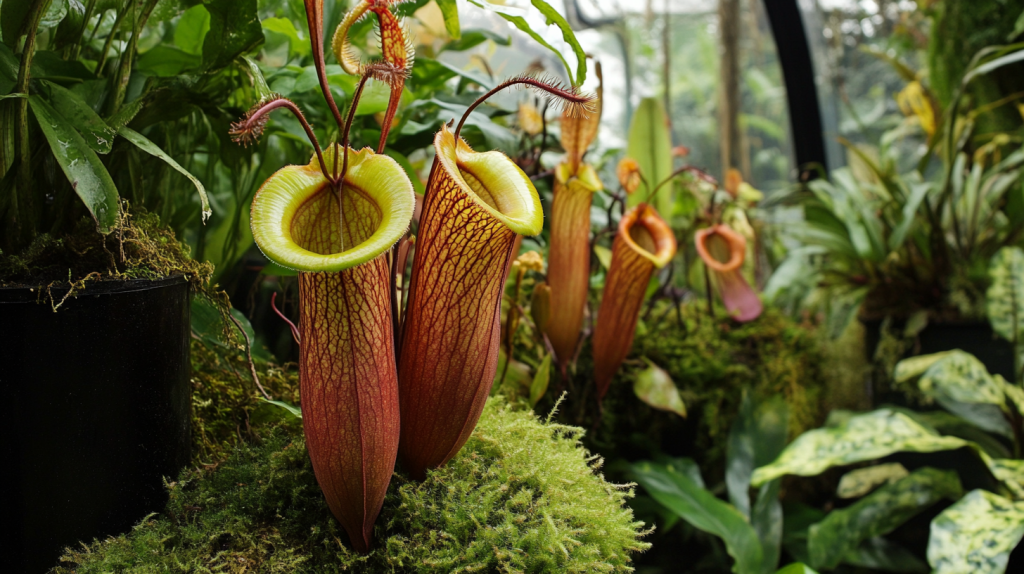
Nepenthes, or tropical pitcher plants, have evolved modified leaves that form deep, liquid-filled pitchers to trap and digest insects. Some species can grow large enough to capture small mammals or reptiles. The pitchers come in various shapes and colors, often with intricate patterns and lids. Their alien-like appearance and carnivorous nature make them seem like they could be from a planet where plants have become the dominant predators.
Puya Raimondii (Queen of the Andes)
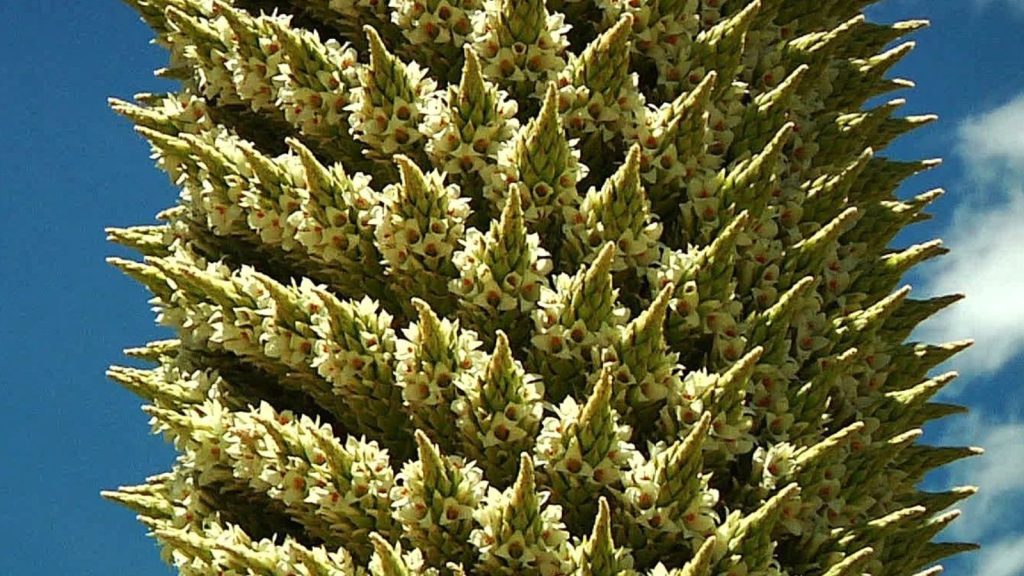
Puya raimondii, also known as the Queen of the Andes, is the largest species of bromeliad. It can grow up to 50 feet tall and live for up to 100 years. This plant produces a massive flower spike with thousands of white flowers, but it only blooms once in its lifetime before dying. Its enormous size and once-in-a-lifetime flowering make it seem like a plant designed for the epic life cycles of an alien world.
Psychotria Elata (Hot Lips Plant)
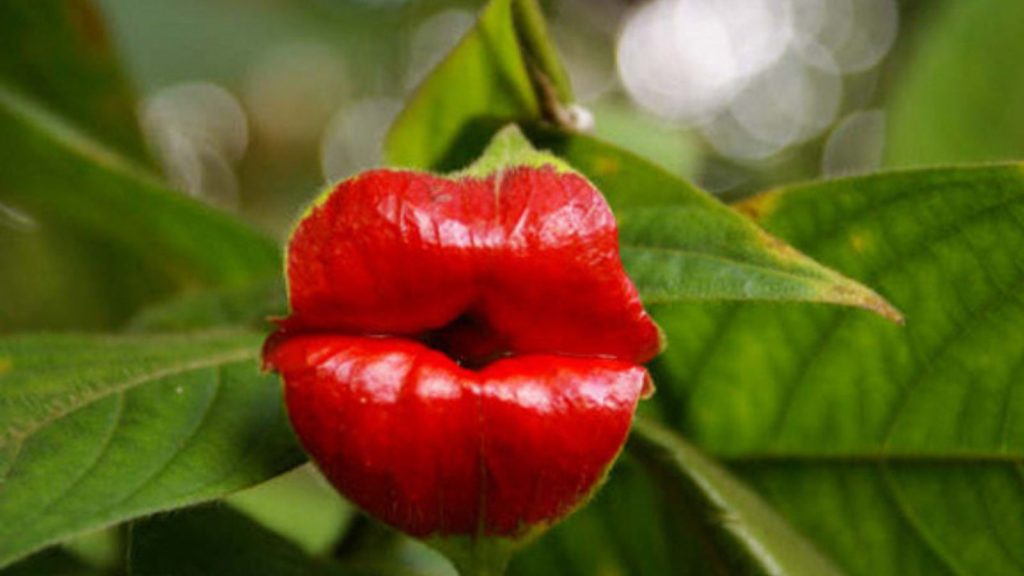
Psychotria elata, commonly known as the hot lips plant, is famous for its bright red bracts that resemble a pair of luscious lips. These “lips” are actually modified leaves that protect the plant’s small white flowers. Native to the tropical rainforests of Central and South America, this plant’s seductive appearance makes it look like it could be from a planet where plants have evolved to mimic animal features for pollination.
Tillandsia Xerographica (Air Plant)
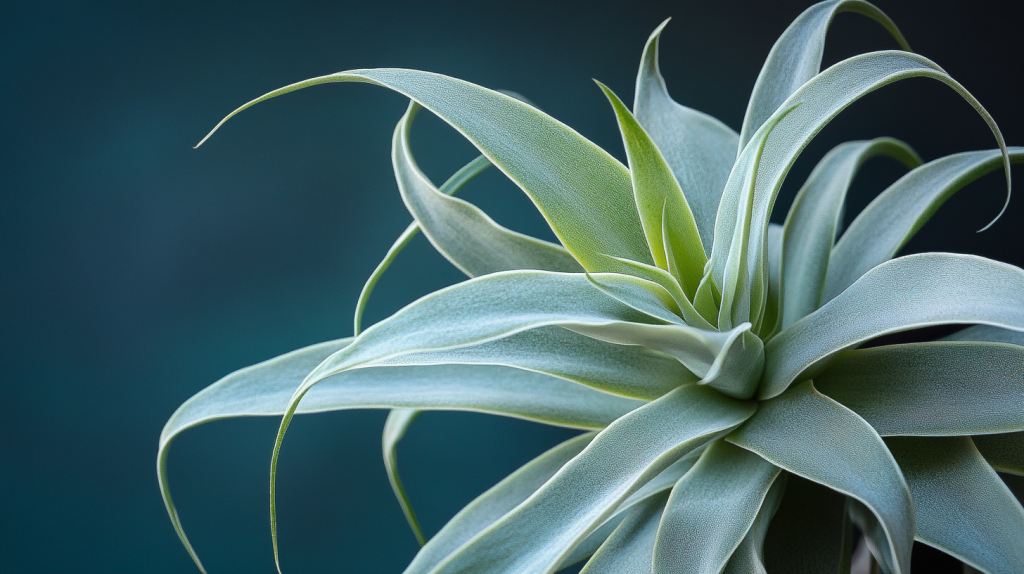
Tillandsia xerographica is a species of air plant that looks like it could be floating through the atmosphere of an alien world. This plant doesn’t need soil to grow, instead absorbing water and nutrients through its leaves. Its silvery-green leaves form a spherical shape that curls and twists as it grows. The otherworldly appearance and ability to thrive without soil make it seem like a plant adapted for life on a gaseous planet.

